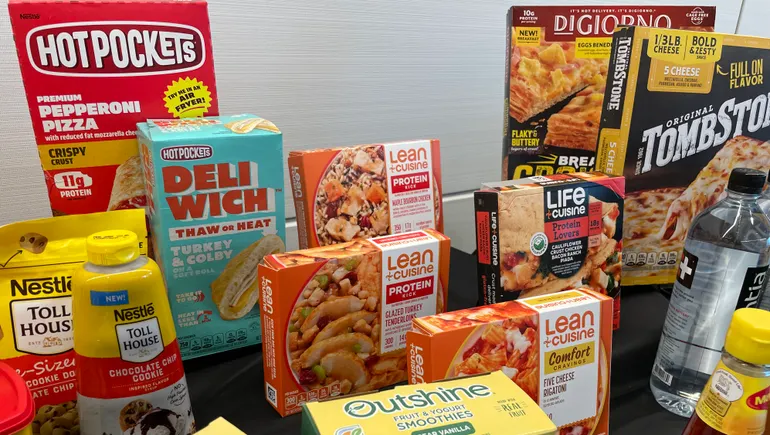Nestlé USA, one of the leading food and beverage giants, has announced its plan to completely eliminate artificial colors from its product portfolio by mid-2026. This decision comes as part of the company’s ongoing efforts to improve the health profile of its products and respond to consumer demand for more natural ingredients.
According to Nestlé USA, more than 90% of its current U.S. portfolio already does not include synthetic dyes. The company joins other major players in the industry, such as General Mills and Kraft Heinz, in committing to removing artificial colors from their products in response to pressure from the White House.
The move by Nestlé USA follows a recent call by the FDA for the industry to voluntarily remove six synthetic dyes by 2027. Food companies have been quick to respond to this request, with General Mills, Kraft Heinz, and now Nestlé USA already making significant progress in removing artificial colors from their products.
Nestlé USA has been actively working on removing synthetic colors from its products over the past decade and has been exploring alternative solutions in recipes where these ingredients are still used. The company’s CEO, Marty Thompson, emphasized the importance of catering to consumers’ evolving dietary preferences and nutritional needs.
While the FDA’s initiative to phase out artificial dyes is voluntary, companies like Nestlé USA are taking proactive steps to meet consumer demand for more natural ingredients. However, some industry officials have expressed concerns about the pace of the FDA’s efforts, citing the need for businesses to ensure a stable supply of natural ingredient replacements and assess the impact on factors such as product shelf life and pricing.
In addition to federal initiatives, some states have implemented their own regulations regarding artificial colors in food products. For example, West Virginia has banned seven food dyes, while Texas has passed a law requiring warning labels for certain ingredients. These state-level actions reflect a growing trend towards greater transparency and consumer awareness in the food industry.


